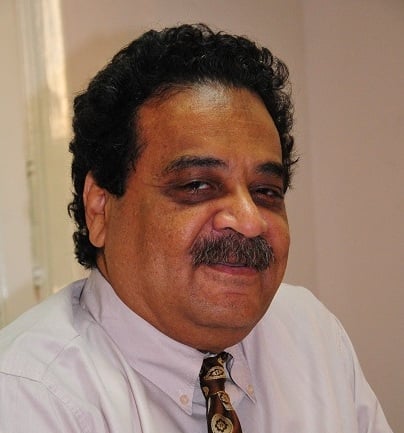During my stay in Berlin, I engaged with experts specialising in the development of new cities. The relocation of Germany’s capital from Bonn to Berlin provides valuable lessons that merit close examination.
The number of federal government employees in Germany is relatively small, fewer than 20,000. This is because federal ministries primarily focus on policymaking, strategic vision development, and supervising the implementation of strategies.
These ministries essentially operate as large research centres and think tanks dedicated to analysis and planning. Notably, some senior employees, especially older ones, were reluctant to relocate to the new capital. Consequently, around 75% of government employees in Bonn are over 45 years old, compared to only about 50% in Berlin. The move sparked panic in Bonn due to fears of job losses and diminished status. Indeed, the city lost approximately 22,000 jobs, though it received compensatory investments worth $1.5bn.
Symbolism plays a significant role in German decision-making. Choosing Berlin as the capital after reunification symbolized the inclusion of the formerly neglected East. Retaining the historic Reichstag building, while modernizing its interior, represented the rebirth of modern Germany rooted in its rich history.

The Chancellery building, often referred to as the “washing machine” due to its design, symbolizes a robust government machine washing away the remnants of the past. This building, one of the largest government structures globally, is approximately ten times the size of the White House. Meanwhile, the Parliament Committees’ headquarters, a massive glass structure, reflects transparency, emphasizing that German citizens must see their representatives at work.
Perhaps most remarkable is the “Federal Belt” in Berlin, a series of vital government buildings starting at the Chancellery and ending at the iconic television tower in East Berlin. These structures were aligned on a single axis that intersects the old Berlin Wall, symbolizing unity and the dismantling of the wall by Germany’s governing apparatus.
Based on these observations, the presence of multiple symbolic landmarks in the New Administrative Capital, such as the largest mosque, the largest church, and the tallest iconic tower, can be considered not inherently negative. However, efforts must be made to rationalize the construction costs of these structures.
Interestingly, many federal buildings in Germany are located outside the capital. For instance, the Federal Employment Agency is in Nuremberg, the Federal Environment Agency is in Dessau, the Federal Archives is in Koblenz, the Federal Aviation Office is in Braunschweig, and the Federal Statistical Office is in Wiesbaden. Moreover, all four federal courts are located outside Berlin, in Karlsruhe, Leipzig, Erfurt, and Munich. This decentralization ensures governance is not overly concentrated in one location.
Germany’s capital model is a composite one, balancing responsibilities between two cities. This is formalized by the “Bonn-Berlin Law,” which mandates an equitable division of governmental functions. As a result, some ministries operate from both cities (nine ministries in Berlin and six in Bonn, including the Ministries of Defense and Health).
However, this model has its drawbacks. Dividing government operations between two cities costs the German government over €9m annually, most of which is spent on transportation between Bonn and Berlin. In 2019 alone, there were 54 daily flights between the two cities. A key takeaway here is that placing parliament, the prime minister’s office and ministries in the same location is essential to avoid logistical inefficiencies and unnecessary expenses related to communication and travel.
Ramy Galal is an Egyptian senator, writer, and academic specializing in public management and cultural policies.Galal holds a PHD degree from Alexandria University, a master’s degree from the University of London, and a Diploma in Public management from the University of Chile.
He studied advanced programs in governance and leadership at King’s College London, Hertie School of Berlin, and Missouri State University, USA. A former adviser and spokesperson for Egypt’s Ministry of Planning. He represents Egypt at several international forums and contributes to leading publications.


